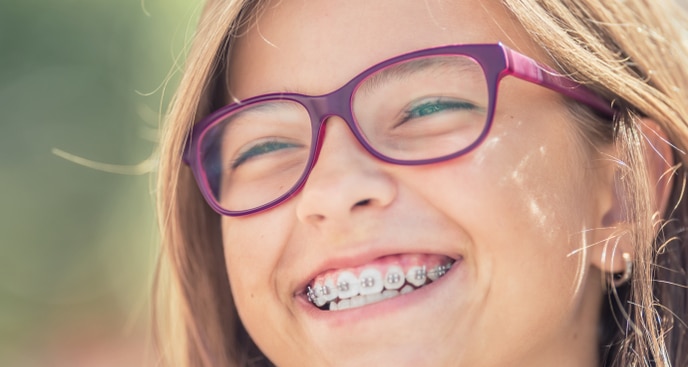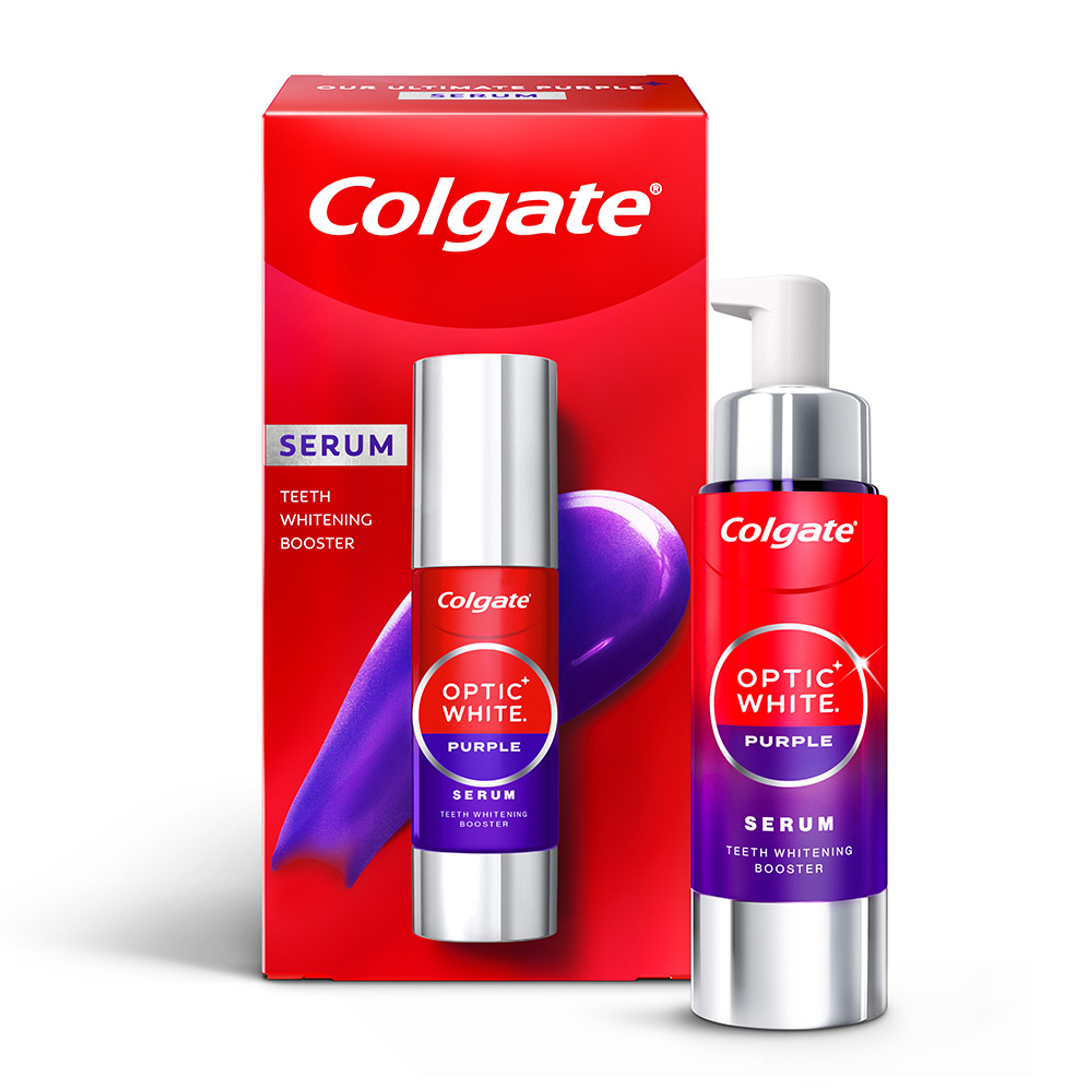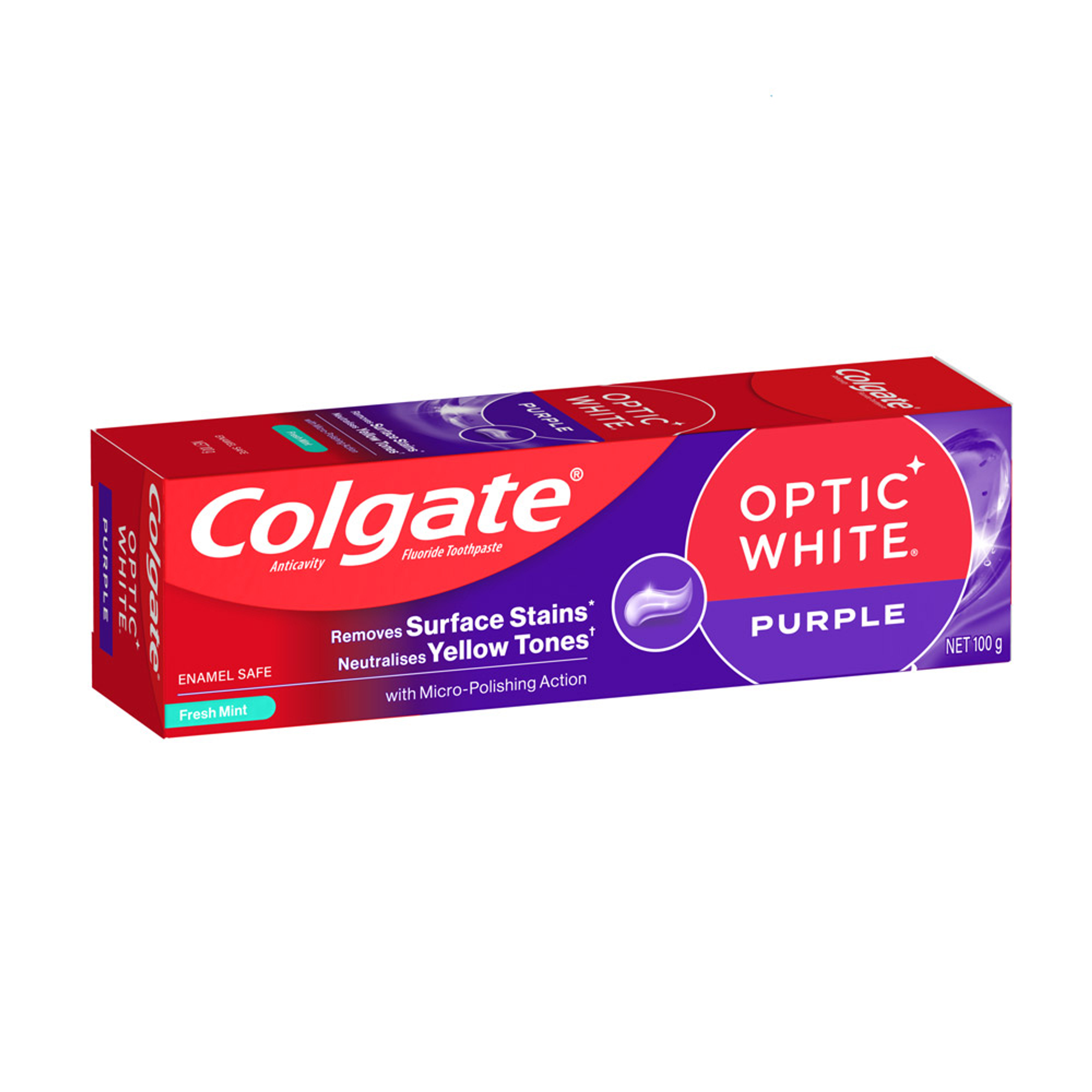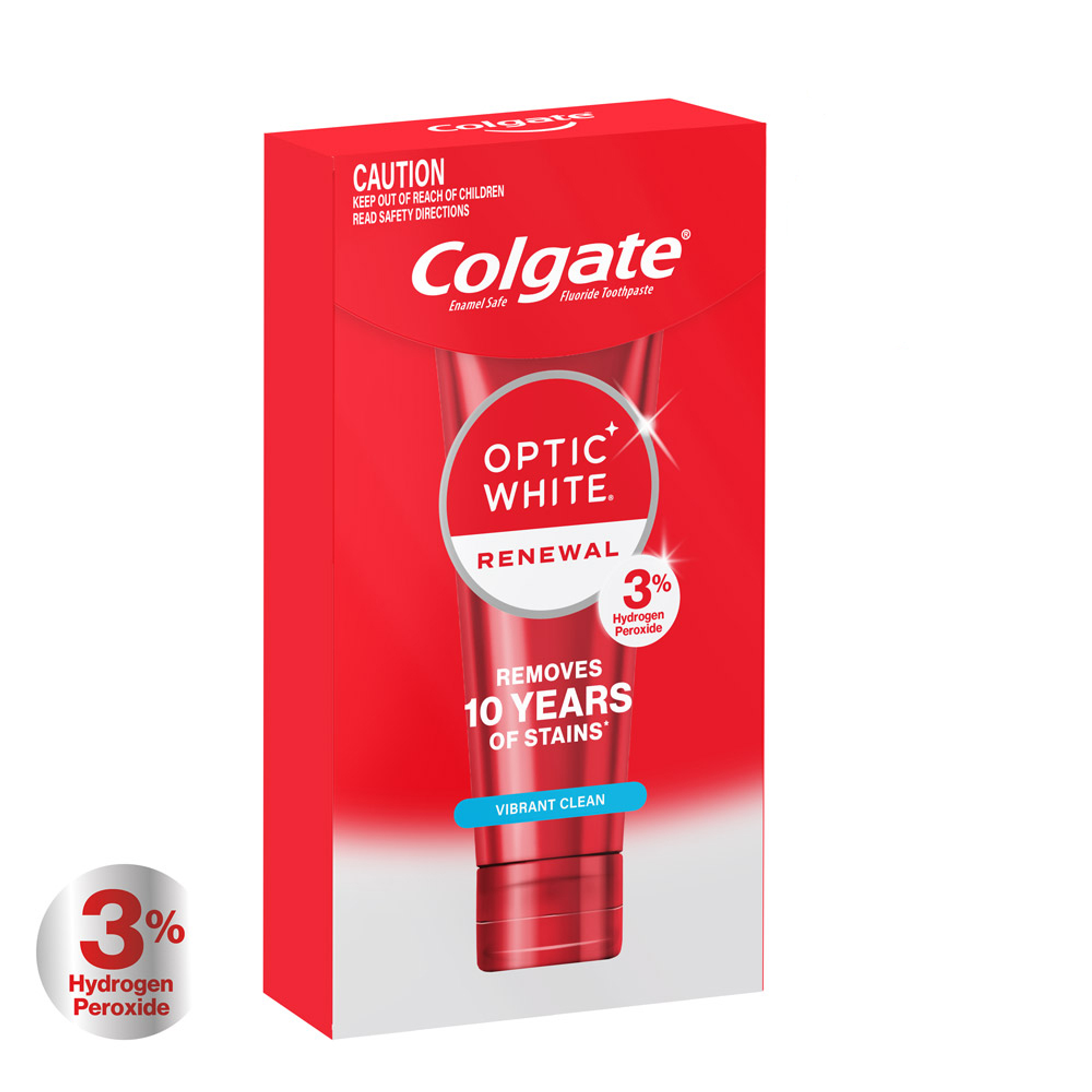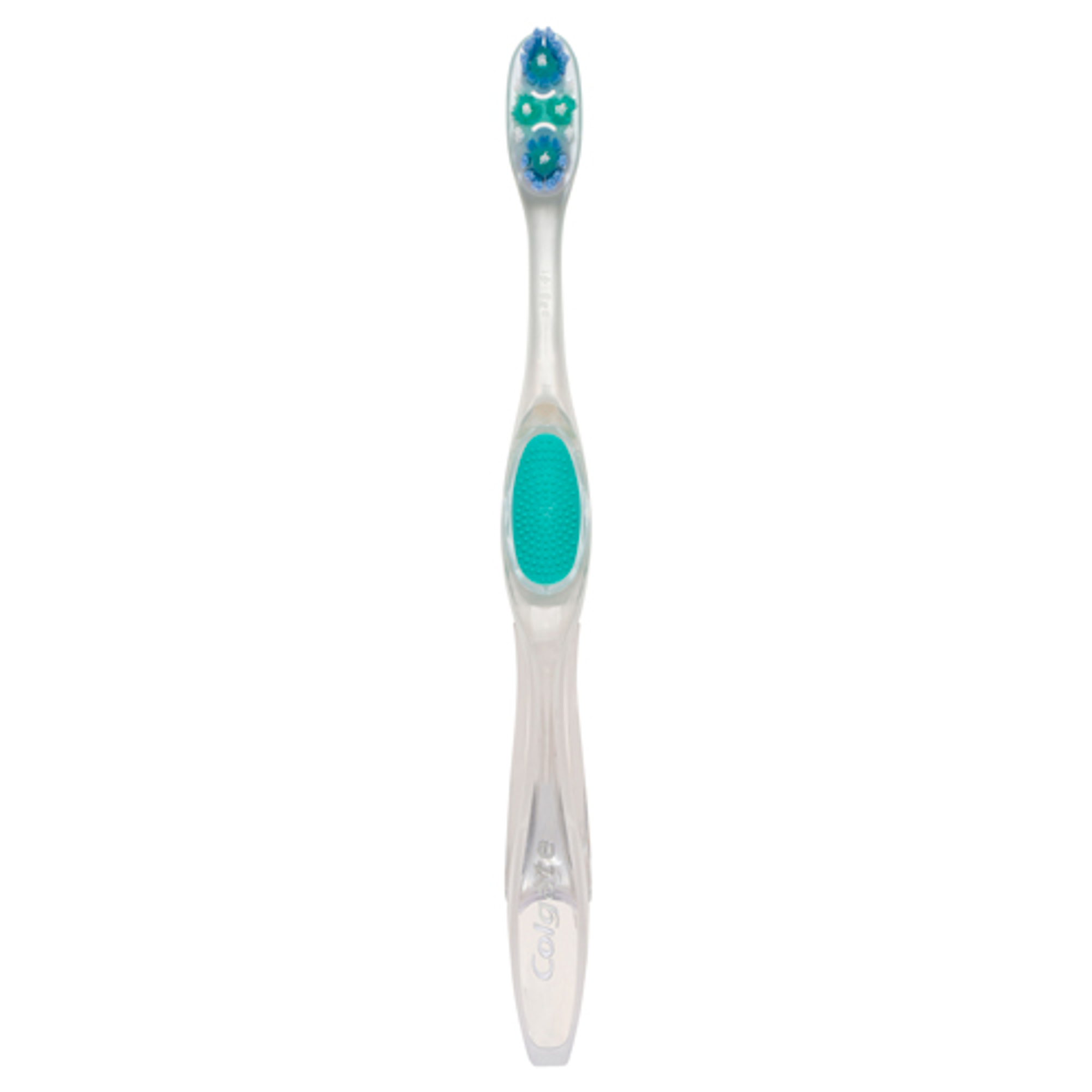The teeth are first coated with a special gel or serum that is formulated to whiten your smile.
The blue or indigo light from an LED device will then activate the bleaching agent and make it work faster, removing stains from your tooth. The whitening agents present in these gels or serums are usually hydrogen or carbamide peroxide.
The whitening treatment usually lasts for about 10 to 30 minutes, and the time limit specified on the LED teeth whitening kit must not be exceeded.
LED lights whiten your teeth through their photochemical impact on the tooth surface. On application, the light energy activates the hydrogen peroxide in teeth whitening serum and speeds up the bleaching process.
Irrespective of the cause of yellow teeth, it is an effective treatment for enhancing any smile. However, please note that this whitening treatment does not work on crowns and other types of artificial teeth or restorations.
Teeth whitening LED light side effects
LED teeth whitening kits can be an effective way to remove stains and keep your smile bright. However, every individual varies in how they respond to teeth whitening.
Some people may experience tooth sensitivity or gum discomfort when using whitening products. This discomfort is usually temporary and not harmful. If you experience more than mild tooth sensitivity or gum discomfort, stop use and consult your dental professional.
Difference between in surgery and at home LED teeth whitening
LED teeth whitening is available in two different settings: in the dentist's surgery and at home.
In-surgery LED teeth whitening uses a larger light source, while at home, LED teeth whitening uses a mouth tray that fits over your teeth.
If you are looking for a professional-level teeth whitening treatment that you can do at home, Colgate Optic White Pro Series Teeth Whitening LED Kit is a great option!
What to expect from Colgate Optic White Pro Series Teeth Whitening LED Kit?
The Colgate Optic White Pro Series LED Teeth Whitening Kit uses a patented, indigo light for efficient and effective whitening. Together, the hydrogen peroxide serum and indigo light deeply whiten teeth below the surface, unlocking that radiantly white smile.
Follow these easy how-to-steps for a whiter, brighter smile at home:
Step 1. Dry your teeth
For best results teeth need to be “dry”. After brushing your teeth, simply dab your teeth with a tissue or wipe them with your finger. Drying teeth ensures the hydrogen peroxide serum adheres to your teeth better for enhanced whitening.
Step 2. Apply the whitening serum
Apply the serum to your teeth using the no-mess, precision application pen. 1-2 clicks of hydrogen peroxide serum is enough to whiten up to 4 teeth.
Step 3. Whiten for 10 minutes using the LED device.
The LED device uses light energy to amplify the whitening power of the concentrated hydrogen peroxide film even further. This synergy between the formula and the device allows for whiter, brighter teeth in just 10 minutes a day*.
*10 minutes a day for 10 days. Use as directed. Individual results may vary.
Conclusion
LED teeth whitening is a safe, gentle way to remove most types of teeth stains. If in doubt, be sure to speak with your dental professional to advise you on the best whitening treatment for you.
This article is intended to promote understanding of and knowledge about general oral health topics. It is not intended to be a substitute for professional advice, diagnosis or treatment. Always seek the advice of your dentist or other qualified healthcare provider with any questions you may have regarding a medical condition or treatment.








